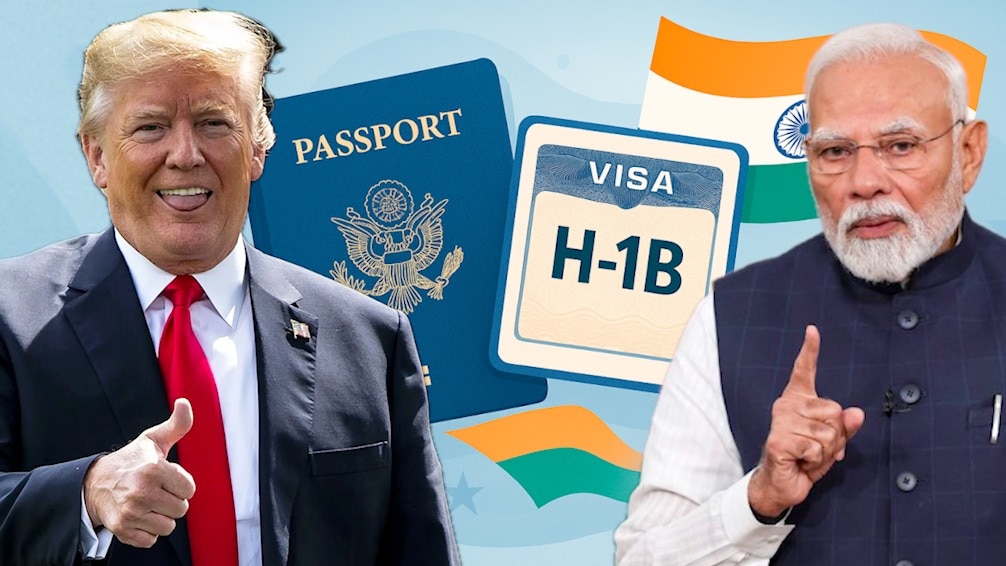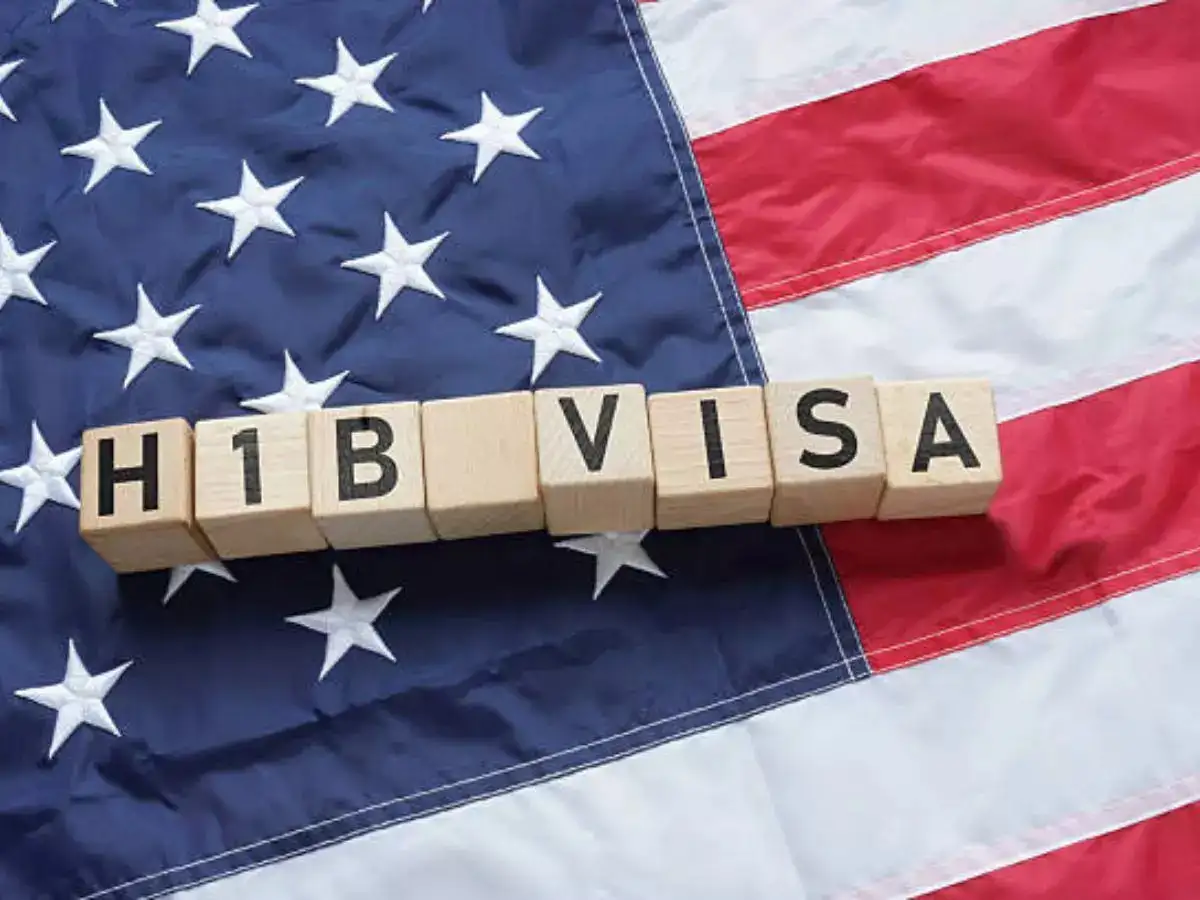H-1B1 Visa Holders Exempt from New H-1B Fee, US Embassy Confirms
For Singaporean professionals and employers, this clarification provides crucial relief and certainty regarding the costs associated with the H-1B1 temporary work visa.

Subscribe to our newsletter and stay informed about latest H1B news, policy updates and and other developments.
Article Summary
The US Embassy in Singapore clarified that Singaporean citizens applying for the one-year H-1B1 visa are not subject to the US$100,000 fee levied on the three-year H-1B work visa. This exemption follows a presidential proclamation on September 19 that specifically applies only to the H-1B visa, not the distinct H-1B1 category established under the US-Singapore free trade agreement. The H-1B1 visa, capped at 5,400 Singaporeans annually, is for temporary specialty occupations and does not lead to permanent residency.
Original Article: tnp.sg
[ Sentiment: positive | Tone: factual ]
This summary and analysis were generated by TheNewsPublisher's editorial AI. This content is for informational purposes only; it does not constitute legal or immigration advice.
[ Sentiment: positive | Tone: factual ]
This summary and analysis were generated by TheNewsPublisher's editorial AI. This content is for informational purposes only; it does not constitute legal or immigration advice.
TNP AI: Key Insights
This news is significant for Singaporean professionals considering temporary work in the U.S. and for American companies seeking to hire talent from Singapore, as it removes a substantial financial barrier that could have deterred skilled workers. The distinction between the general H-1B and the specialized H-1B1 is critical for understanding specific visa requirements and costs for a targeted demographic.
The H-1B1 visa, established under the 2003 US-Singapore Free Trade Agreement, has always been a distinct category from the general H-1B, offering a streamlined, though non-immigrant, path for skilled workers from Singapore and Chile. This clarification reinforces that specific bilateral agreements can create carve-outs from broader immigration policy changes, highlighting the complexity of the U.S. visa landscape.
For employers, this means that hiring Singaporean H-1B1 candidates does not incur the prohibitive $100,000 fee associated with certain H-1B petitions, preserving a viable channel for acquiring specialized talent without unexpected financial burdens. For individuals, it ensures that the H-1B1 remains an accessible option for temporary work without the added financial strain.
This clarification underscores the importance of precise legal interpretation in immigration policy and suggests that future broad proclamations affecting H-1B visas may require specific carve-outs or clarifications for related visa types like H-1B1, L-1, or O-1, which are often governed by different regulations or treaties. This pattern suggests ongoing vigilance is necessary for all visa categories impacted by executive actions.




